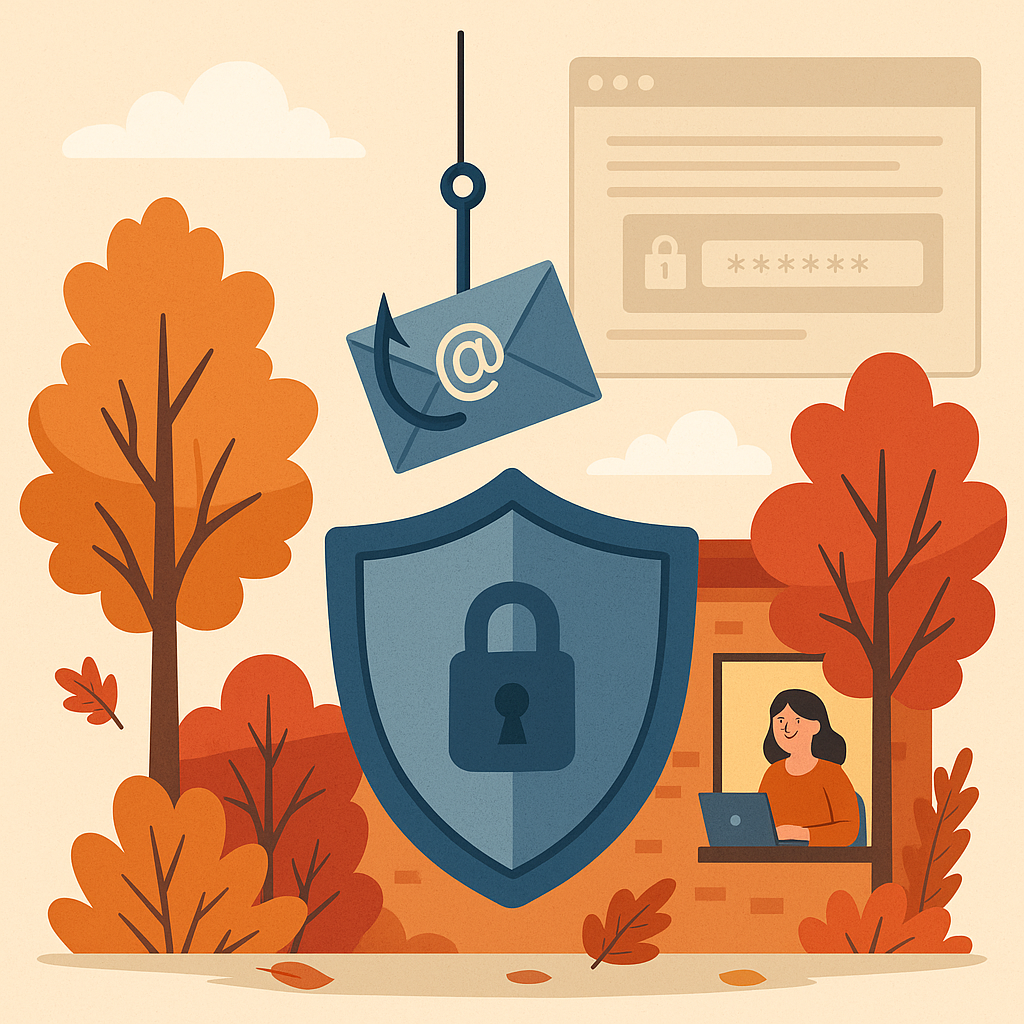When business owners think about success, they often prioritize customer service, reliable products, and financial management. However, there’s one critical factor that’s frequently overlooked but can be the ultimate make-or-break element: cybersecurity.
With cyber threats escalating, the technology and ITsecurity you implement are not just about efficiency—they are about survival. Asingle data breach, phishing attack, or ransomware incident can cripple yourbusiness, erode customer trust, and cost thousands (or even millions) inrecovery expenses.
The High Cost of Ignoring Cybersecurity
Many businesses underestimate the importance of strong ITsecurity, assuming basic antivirus software or occasional updates are enough.However, weak cybersecurity can lead to catastrophic consequences:
1. Data Breaches and Financial Losses
Cybercriminals are more aggressive than ever. In 2024,cyberattacks increased by 75% compared to the previous year, withbusinesses facing an average of 1,876 attacks per week. Without properdefenses, your sensitive customer and financial data are at risk.
Example: A financial services firm neglected toimplement multi-factor authentication (MFA), leading to a phishing attack thatcompromised client accounts, resulting in severe reputational damage andregulatory fines.
2. Operational Downtime
A ransomware attack or system compromise can halt operationsfor hours—or even days. Every minute of downtime equates to lost revenue andfrustrated customers.
Example: A mid-sized e-commerce site was hit by a DDoS attack during a peak shopping event, leading to $250,000 in lost saleswithin 24 hours.
3. Regulatory Non-Compliance
Industries such as healthcare, finance, and retail havestringent compliance requirements like HIPAA, PCI DSS, and GDPR. A failure tosecure sensitive data can result in hefty fines and legal repercussions.
Example: A medical practice suffered a data breachexposing patient records, leading to a $500,000 HIPAA fine and a loss ofpatient trust.
4. Employee and Customer Trust Erosion
A single cybersecurity lapse can tarnish your company’sreputation, leading to lost customers and disengaged employees. People expectbusinesses to safeguard their information; failing to do so can push themtoward competitors with stronger security measures.
How the Right IT Security Partner Can Safeguard YourBusiness
Investing in proactive cybersecurity measures ensuresyour business remains protected from evolving threats. Here’s how:
1. Advanced Threat Protection
- Deploy multi-layered security including firewalls, endpoint detection and response (EDR), and secure email gateways.
- Implement zero-trust security models, ensuring only authorized users can access sensitive data.
- Enforce multi-factor authentication (MFA) for all critical systems.
2. Proactive Monitoring and Incident Response
- 24/7 Security Operations Center (SOC) monitoring detects and responds to threats before they cause damage.
- Automated threat detection tools like SIEM (Security Information and Event Management) analyze suspicious activities in real time.
- Incident response plans ensure swift action in case of a breach, minimizing downtime and financial impact.
3. Employee Cybersecurity Training
- Conduct regular phishing simulations to test employees' awareness and reduce human error.
- Train staff on recognizing cyber threats, securing devices, and following best practices for password management.
4. Secure Cloud and Data Backup Strategies
- Cloud-based disaster recovery ensures business continuity in case of cyber incidents or natural disasters.
- Regularly test backup and restore procedures to guarantee quick recovery from ransomware attacks.
Essential Technologies to Strengthen Your CybersecurityPosture
To stay ahead of cyber threats, consider upgrading to:
- Next-Gen Firewalls & Endpoint Protection: Advanced AI-driven threat detection.
- Identity & Access Management (IAM): Enforce strict user authentication policies.
- Data Encryption: Protect sensitive information in transit and at rest.
- Security Awareness Training: Equip employees with the knowledge to combat cyber threats.
- Zero Trust Architecture: Never trust, always verify.
Is Your Business Cyber-Ready?
We offer a FREE cybersecurity risk assessment to help you identify vulnerabilities and implement a robust security strategy.
Don’t wait until a cyberattack disrupts your business. Call us at 763-335-9255 or Click Here to schedule your assessment today.
















